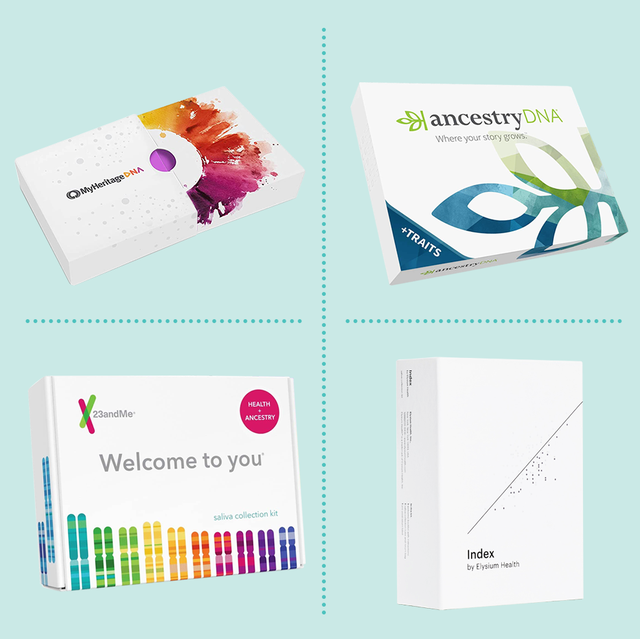DNA Testing for Ancestry & Genealogy - FamilyTreeDNA


I Found My Indigenous Roots in an Ancestry.com DNA Test - Brit + Co
Unknown Facts About My ancestry adventure: When DNA testing delivers - ZDNet
Like, mainly. Or entirely. The rest of my ancestors in current memory most likely likewise lived in Europe though who really understands where. And maybe somewhere in my ancestral tree there was a Middle Easterner, or a Native American. However most likely (practically certainly) not. But, of course, I already knew all that.
"So, you can't actually state that someone is 92. 6 percent descended from this group of people when that's not actually a thing."Log onto a website like Nat Geo's and it portions the world up into different pieces. A few of your forefathers originated from this area, it states, and they were Central Asian.

Best DNA Test Kit & Family Tree Deals: 2021
But that's not what human history appears like. You Can Try This Source . Individuals move around, get together and separate. An individual who calls herself an Italian today might have called herself a Gaul a couple thousand years ago and fought against the Romans. To divide individuals into groups, Platt informed Live Science, scientists make choices: For example, they'll state, the members of this group of people have all lived in Morocco for a minimum of several generations, so we'll include their DNA to the reference libraries for Moroccans.

DNA test limits: Current direct-to-consumer tests provide only a glimpse into our ancestry - Genetic Literacy Project
However that border, Platt said, is fundamentally "imaginary.""There is structure to history," he stated. "Specific individuals are more carefully associated to each other than to other peoples. And [commercial DNA companies] are attempting to produce boundaries within those clusters. However those boundaries never ever really existed, and they aren't genuine things."In some places this is easier.

10 Easy Facts About Genetic Ancestry Testing: What Is It and Why Is It Important Shown
However eventually, it does not imply anything to be 35 percent Irish, or 76 percent Finnish. So, when 23and, Me altered its mind about my ancestry, the one hundred percent response wasn't more true. It was just another way of interpreting the information.(In this case, Platt stated, the business probably chose that since practically all Ashkenazi Jews have some genes in typical with a mix of other European populations, it makes good sense to call those genes Ashkenazi too.)"It's not really science so much as it's description," he said.
And it's clear that there are sources of error, he said. Neither Stoneking nor Platt was sure exactly why Ancestry, DNA had a 1 percent distinction in between its outcomes for different samples, or Nat Geo had a 3 percent distinction, or 23and, Me had wiggle room that disappeared with the update.
